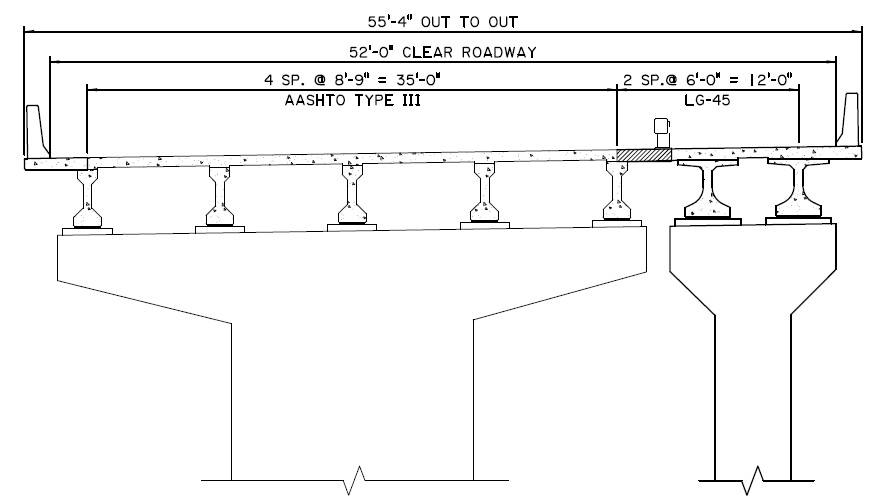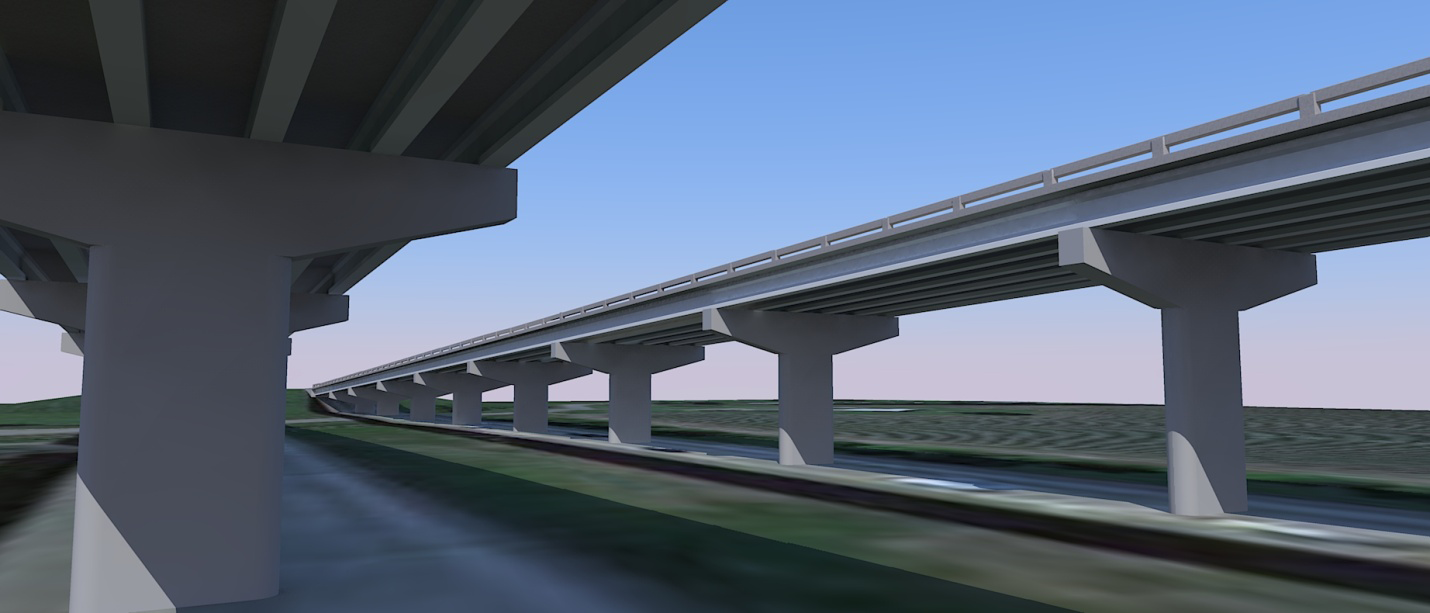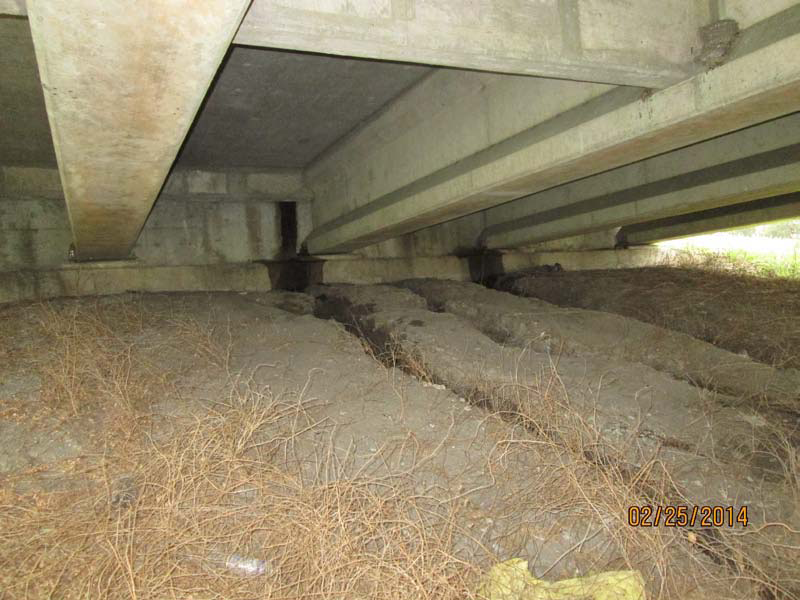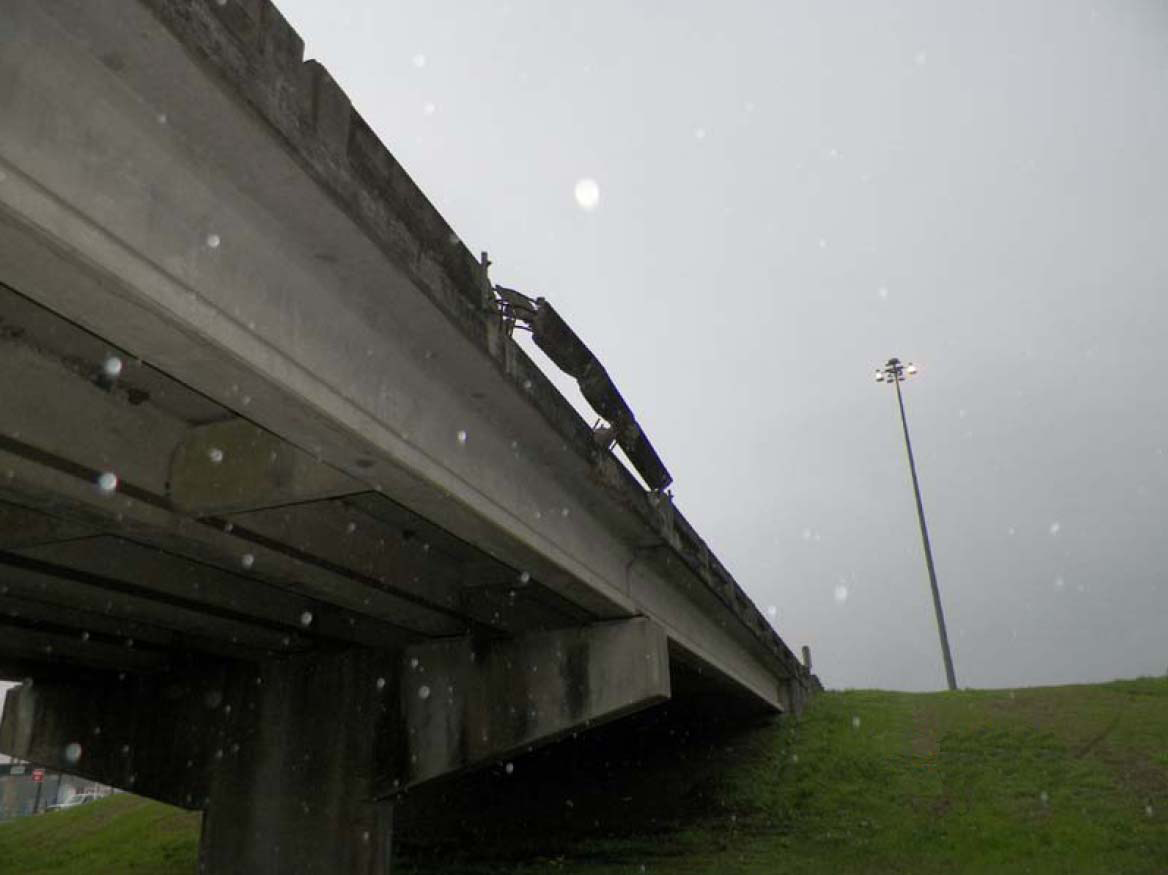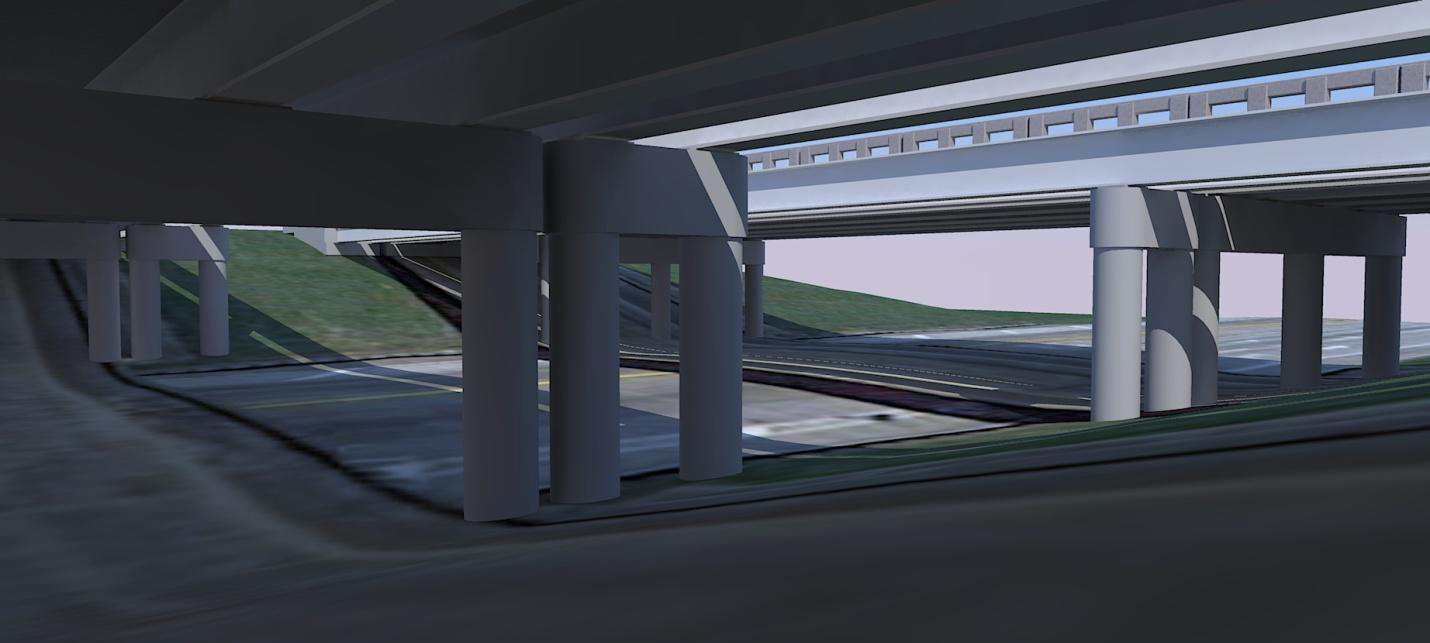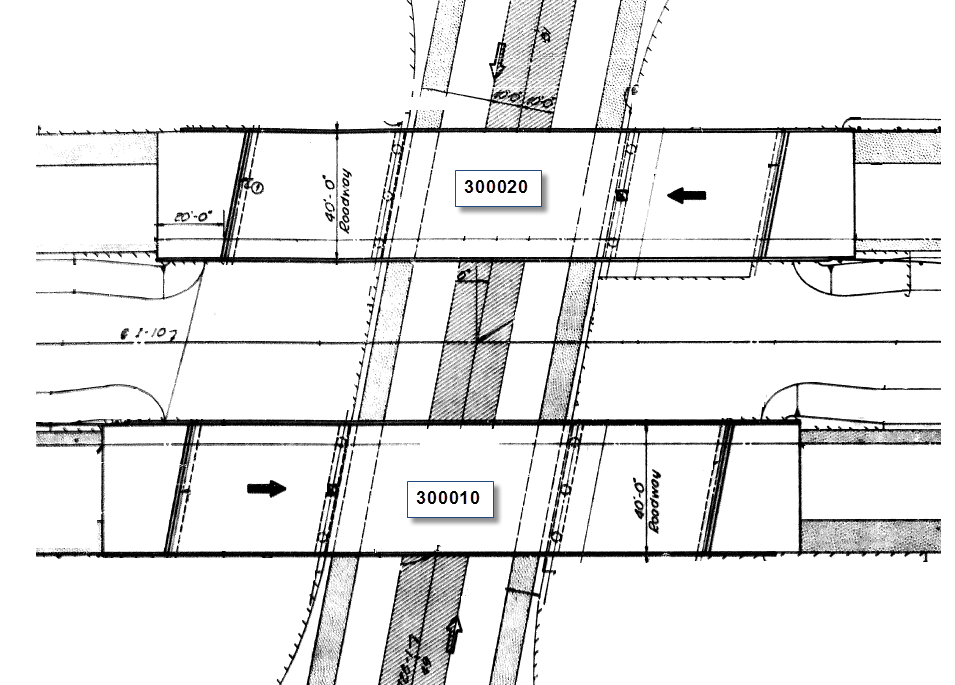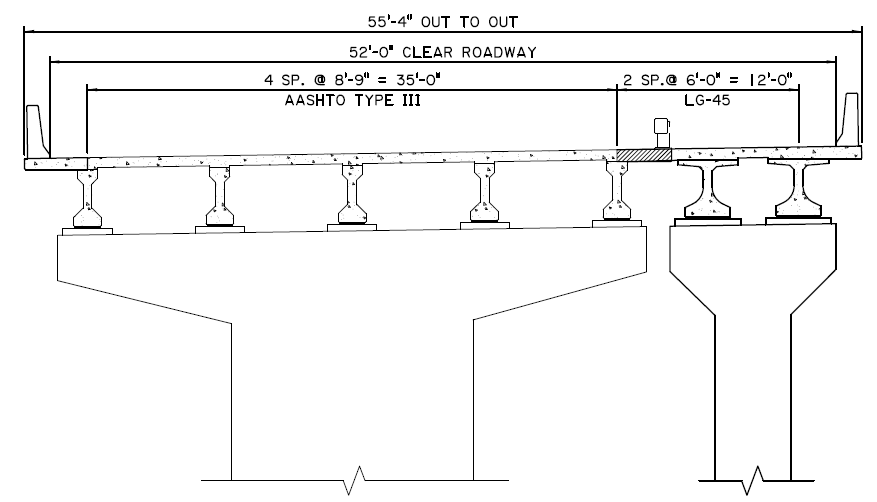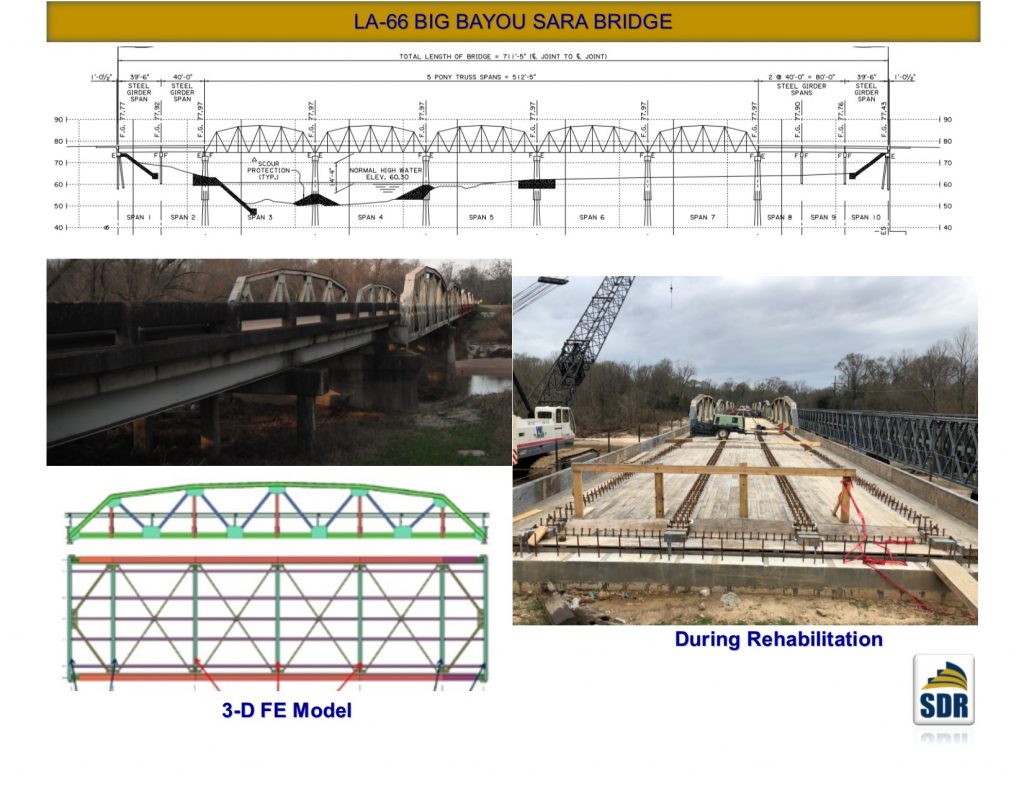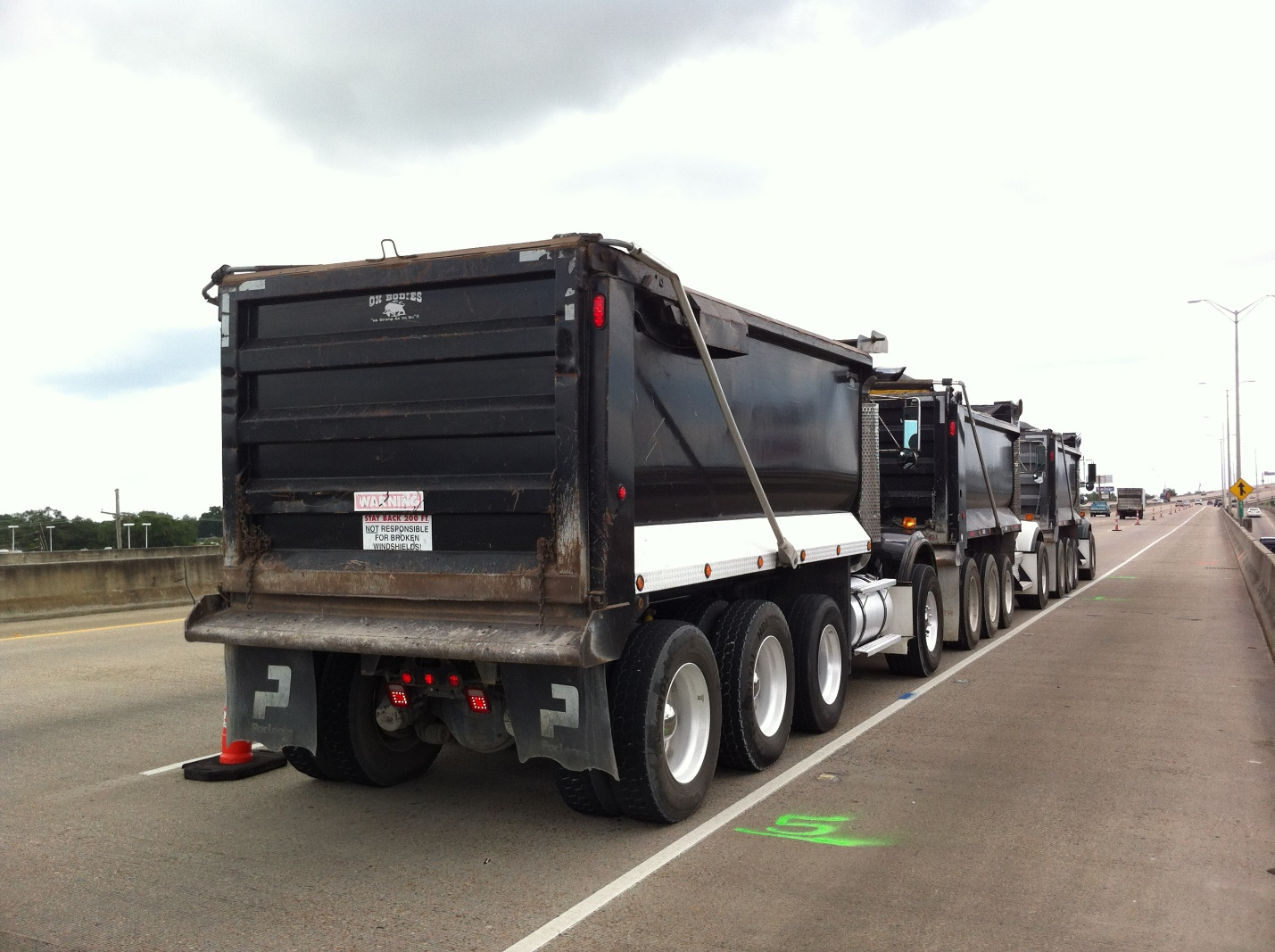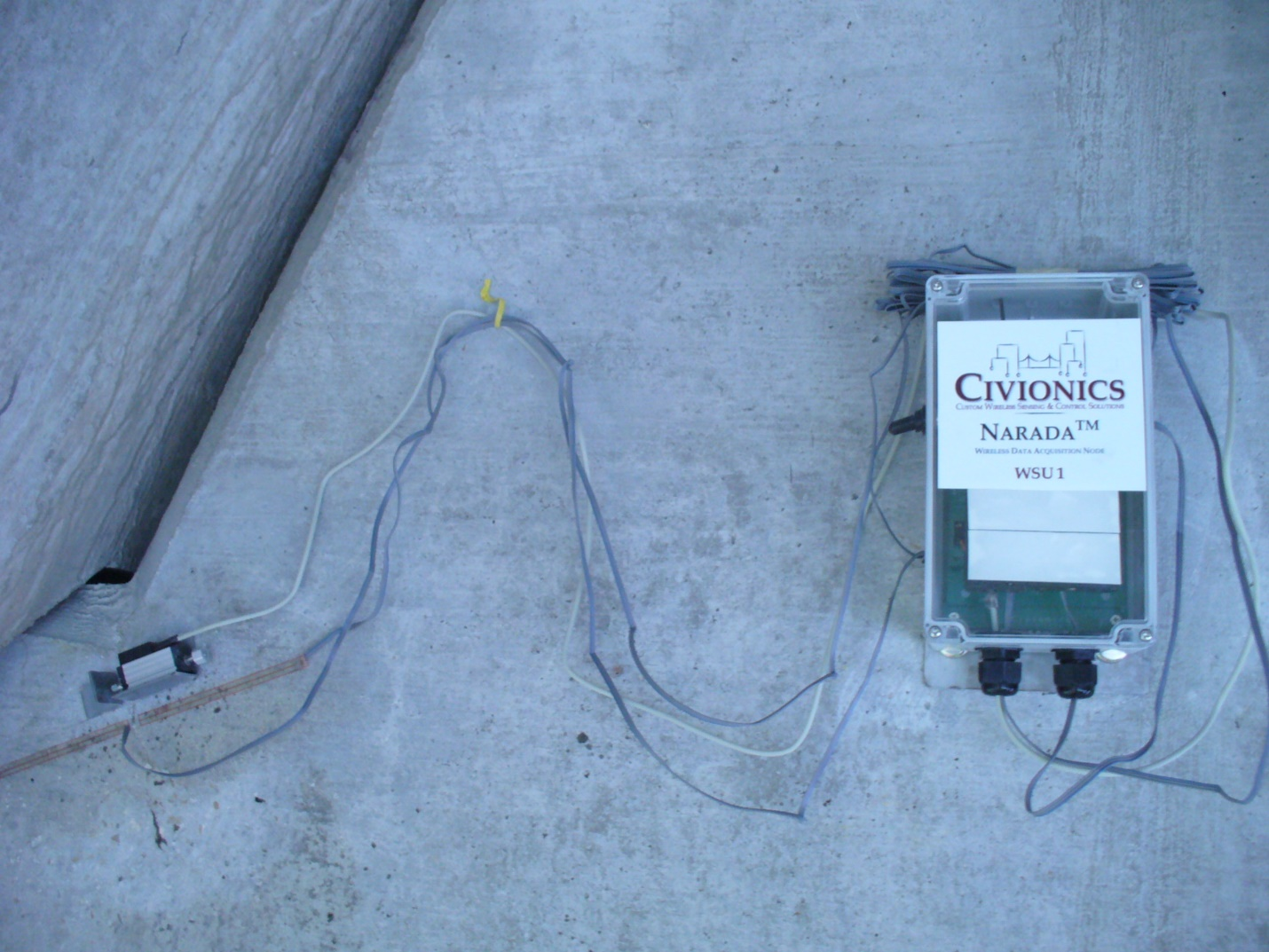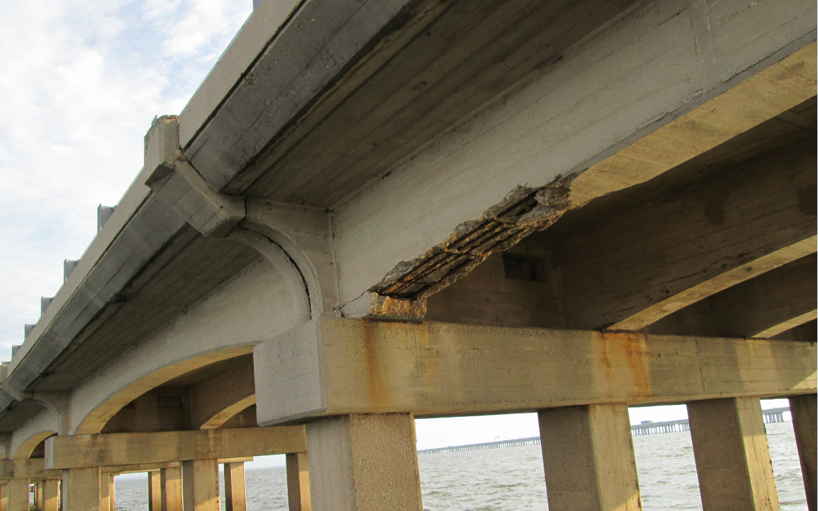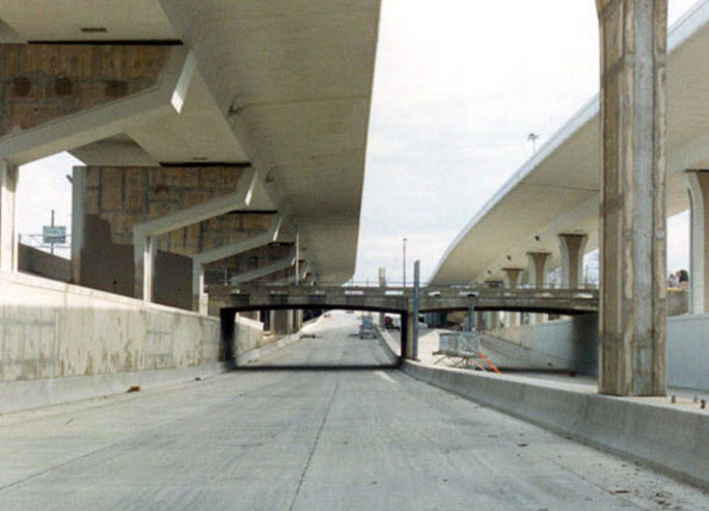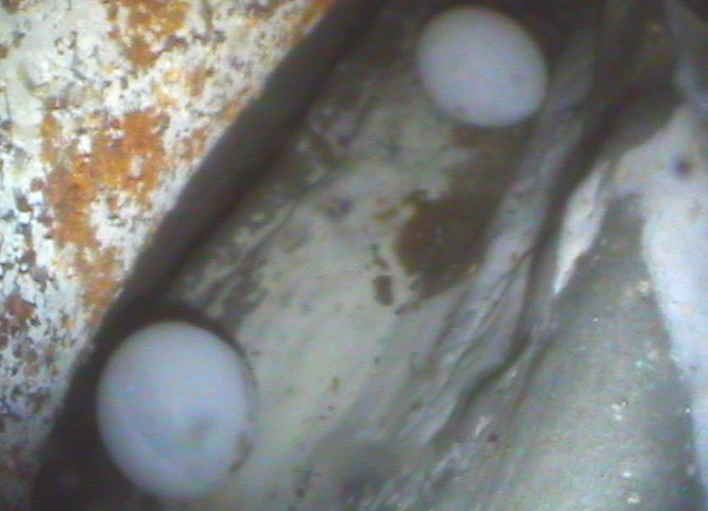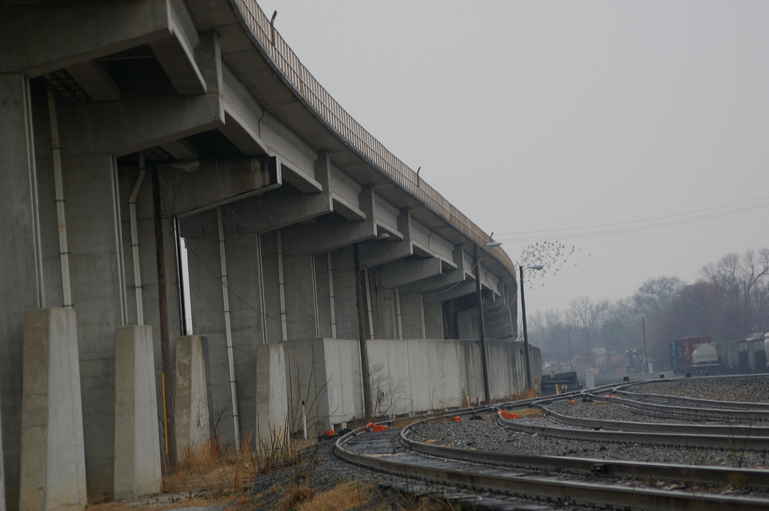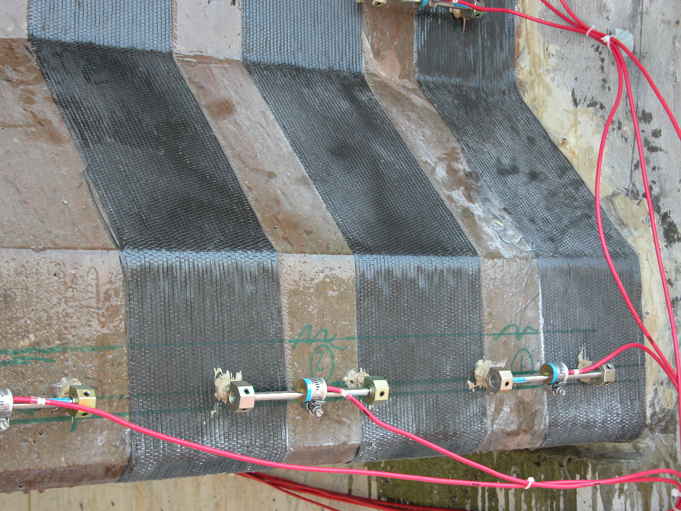I-10 CSLM 5.5 to Atchafalya Floodway
Eight (8) bridges along I-10 interstate from CSLM 5.5 to Atchafalaya Floodway were evaluated as part of Stage 0 Study (feasibility analysis). The total bridges lengths varied from 180 ft. to 1752 ft. Superstructure comprises precast prestressed concrete (PPC) girders, steel I beams, and steel plate girders. The substructure comprises reinforced concrete (RC) hammerheads, RC column bents, and RC/PPC pile bents. The study included developing design alternatives for the widening and rehabilitation of the existing bridges.
SDR tasks included: compiling and reviewing of existing documents; in-depth inspection; structural evaluation and load rating of existing bridges; design of rehabilitation of existing bridges, and design of widening. SDR study concluded that selective intervention and widening are more feasible and more economic than replacement, while maintaining the structural performance and integrity.
